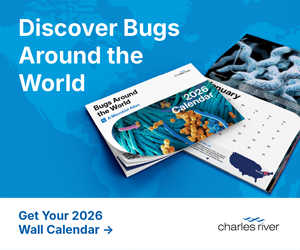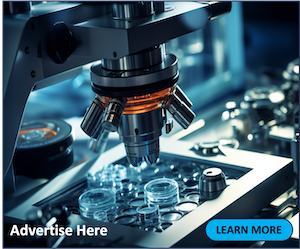The Product Matrix allows you to compare multiple rapid microbiological method technologies that are commercially available or in development. For information regarding instrument costs and cost per test (e.g., consumables, reagents, media), please contact the technology suppliers directly.
The information presented within the RMM Product Matrix is provided by technology suppliers and/or what is available in the public domain, and may change without notice.
NOTE FOR MOBILE DEVICES: Small screen devices should be turned sideways to view the entire width of the tables.
Suppliers: Please click here to submit a new or updated RMM technology
Jump to the following sections:


